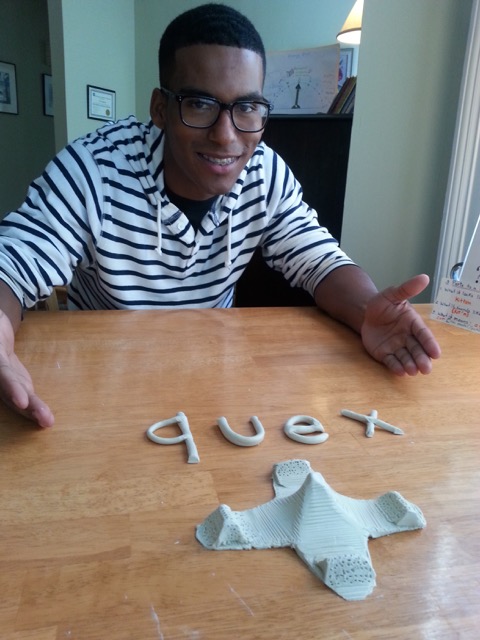Dyslexia Is a Learning Difference
“It’s not the result of brain damage or nerve damage. Nor is it caused by a malformation of the brain, inner ear, or eyeballs. Dyslexia is a product of thought and a special way of reacting to the feeling of confusion.”
Ronald D. Davis — The Gift of Dyslexia
What is Dyslexia?
Dyslexia is a learning difference. It can comprise many different language processing challenges, including reading, writing, spelling, math, focusing, and sometimes speaking.
At the root of dyslexia, ADD, and many other related learning problems lies a unique, creative thinking style that is truly a gift. Dyslexics are primarily picture-thinkers who think and perceive multi-dimensionally to create, problem solve, and resolve confusion.
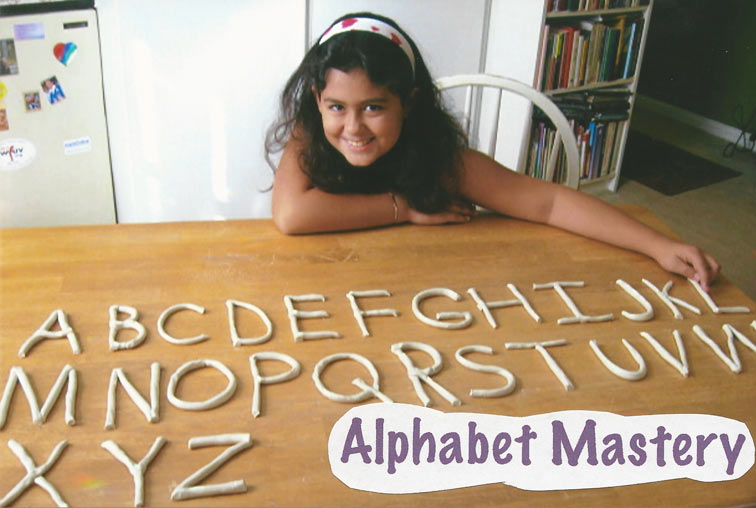
Dyslexics have a “perceptual talent” that is a gift in the truest sense. But it can interfere with reading, writing, and paying attention.
Because reading ability is often linked with intelligence, people with dyslexia are usually very misunderstood. They are typically extremely bright individuals who cannot master key fundamental skills like the alphabet. They typically do not test well in school and their grades are inconsistent.
Dyslexics are highly curious and insightful. They are creative, innovative, and often have vivid imaginations. Dyslexics do not all develop the same talents, but they do have certain thought processes in common.
How Is Dyslexia a Gift?
You can think multi-dimensionally and come up with non-linear solutions to problems. Like Einstein, a famous dyslexic, imagining himself riding a wave of light through the universe−a thought experiment, and discovering space-time.
Many artists, inventors, scientists, and athletes have this thinking style, and they use it for greatness. Some say they couldn’t do what they do without it. When you understand this it is empowering. (See a list of Accomplished Dyslexics.)
It’s not a disability. It’s a different way of processing.
Still, most people just experience the challenges– struggles with reading, writing, and learning; they get confused, frustrated, and disoriented.
Because the symptoms of dyslexia create a learning challenge, there is often a stigma attached to the diagnosis, or the struggles. And where there is stigma, there is shame. Children and adults alike create coping strategies to try and learn the way a “non-dyslexic” learns – the way most schools teach. That can work for a while, until it doesn’t anymore.
It is about turning the challenge around to see the “gift.” It’s a positive thing. You may be arriving here because dyslexia is a problem but here is how it actually works….
Dyslexics are Non-Verbal Learners
Most people are Verbal Learners who think mainly in words. Their processing style uses a kind of internal dialogue. Verbal thought is linear and sequential, and follows the structure of language.
By contrast, Non-Verbal Learners think mainly in pictures or images, which are often multi-dimensional, multi-sensory, and continually evolve as more information or ideas are added. There’s usually little if any internal dialogue involved in this type of thinking. And this processing happens so fast, it is usually subliminal.
The problem begins when a Non-Verbal Learner is taught reading skills using the same methods that are successful for Verbal Learners. Processing issues can occur when certain language symbols (letters, words, or the sounds they represent) cannot be accurately perceived in a meaningful way.
When a Non-Verbal Learner learns to read words, he assigns pictures to the words he’s learning. This is simple for words like “cat” or “elephant.” However, it is nearly impossible to assign pictures to abstract words like: the, of, was, if, it, or, is, and at least 200 others just like them.
These “sight words” not only lack corresponding pictures, they often have several different meanings, depending on how they’re used.
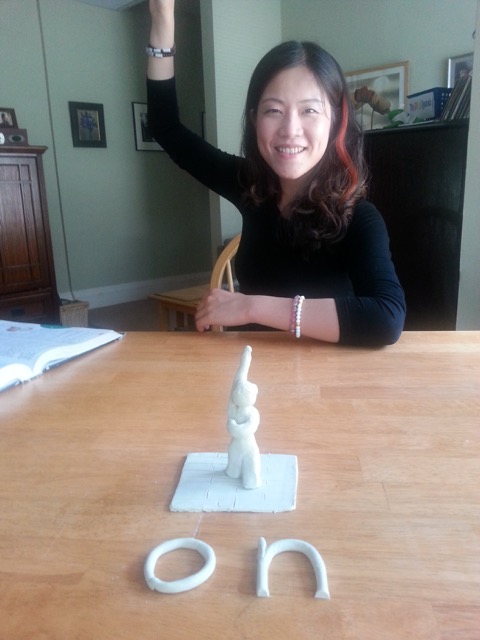
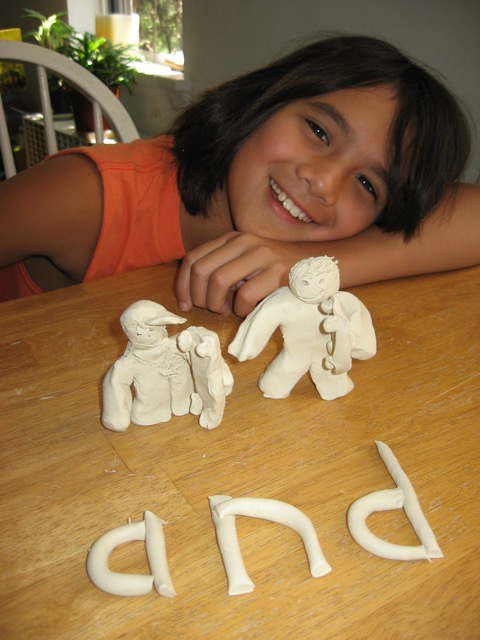
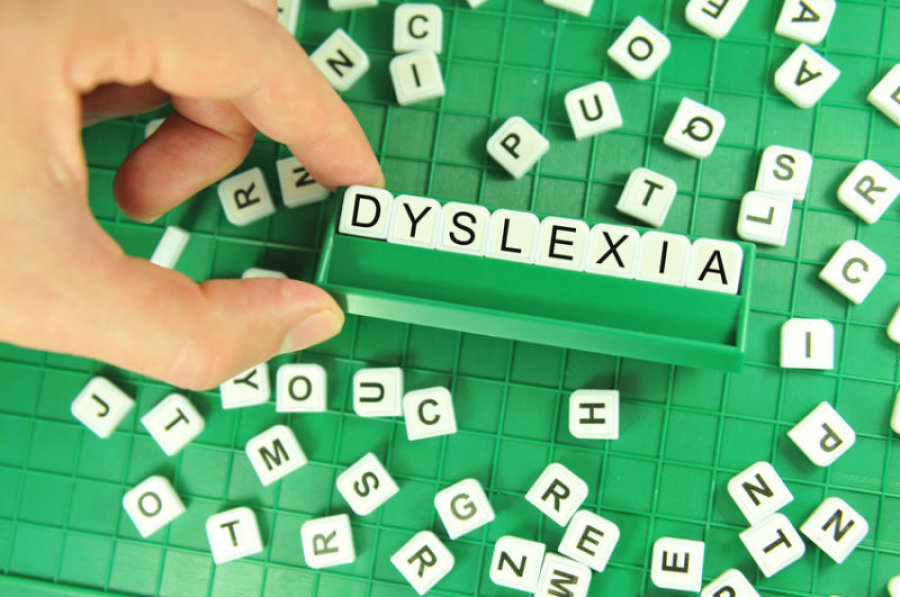
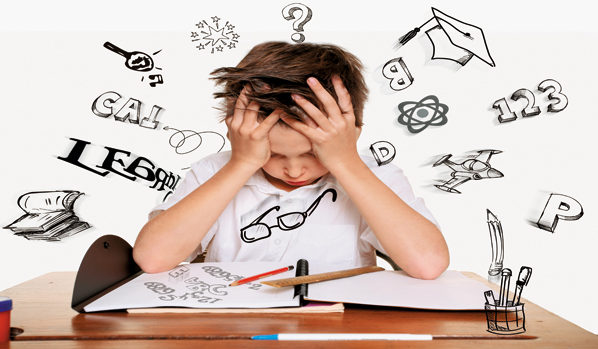

Disorientation Is a Reaction to Confusion
Sight words are among the biggest stumbling blocks for Non-Verbal Learners. With no picture to latch onto, sight words instantly create confusion. When the reader is confused, perceptions can become disoriented, inaccurate information is perceived, and the reading material quickly loses meaning.
For dyslexics, disorientation is a natural reaction to confusion, and is responsible for all the symptoms of dyslexia, which can include word or letter reversals (the symptom that is typically associated with the condition) as well as a host of others. See 37 Common Characteristics of Dyslexia.
You begin to correct the problem by getting “orientated”, or focused with the tools I teach. Davis® Orientation tools correct perception. They are simple techniques that most children and adults can easily learn and benefit from. Then you’ll learn how to master words like: the, of, a, and on, with clay, creating a model of their meaning. Once you’re able to process the meaning of these abstract words, you have actually eliminated the reason why they triggered you in the first place. Davis® Symbol Mastery corrects dyslexia.
It’s nothing like the drill and repetition you may have tried in the past. Instead our tools create a mastery over the struggles to help you “get it” quickly and easily.
It’s about aligning how your brain and eyes work together to overcome the confusion and disorientation. It changes your experiences from confusing and frustrating to something you own.
I help you tap into the gift of dyslexia and use the perceived challenge as a strength. It comes full circle.
Let Me Help You
In 2003, I founded New Perspectives in Learning to help children and adults harness their unique thinking style and overcome their challenges. In the years since, I have been able to witness over and over, the “light” that goes on when someone suddenly understands that the way their brain works is neither wrong nor broken— it’s special and gifted. And they now have the tools to harness their nearly limitless creativity to work for them, instead of against them, at home, at work—even in the most traditional learning settings.
I have worked successfully with children and adults diagnosed* with:
- Dyslexia
- ADD/ADHD
- Specific Learning Disability
- Reading Disabilities
- Dysgraphia (handwriting)
- Dyspraxia (balance/coordination)
- Auditory and Visual Processing Disorders
- Dyscalculia (math)
- And More
*A formal diagnosis is not necessary to work with me, or do any Davis® Program.
